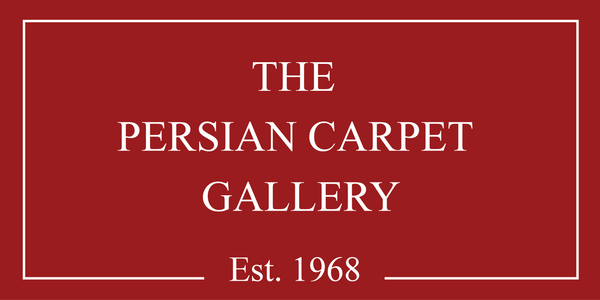Medallion and Animal Carpet
Medallion and Animal Carpet: A Masterpiece of Persian Craftsmanship

Origin: Northwest Persia (Tabriz)
Era: First half of the 16th century
Collection: Musée des Arts Décoratifs, Paris
Dimensions: 350 x 410 cm (138 x 161 in.)
Technique: Persian knot
Materials:
- Warp: Yellow silk
- Weft: Silk
- Pile: Wool
This exquisite rug fragment, originating from the renowned weaving centers of Tabriz during the Safavid period, is a testament to the artistry and cultural richness of Persian craftsmanship. The piece showcases a breathtaking landscape populated by a variety of animals, symbolizing the Iranian concept of Paradise.
The rug, now held in the Musée des Arts Décoratifs in Paris, represents only half of the original masterpiece. The other half resides in Cracow, Poland, serving as a reminder of this art form's enduring legacy.
A similar yet more refined example of this carpet type can be found in the Los Angeles County Museum of Art. This piece measures an impressive 701 x 368 cm (276 x 145 in.), highlighting the grandeur and meticulous execution characteristic of Persian rugs from this era.
A Glimpse into Paradise
Designed during the Safavid dynasty, this medallion and animal carpet embodies a vision of Paradise as a serene garden. The field is adorned with blossoming trees, streams flowing gently, and a variety of birds and animals coexisting harmoniously. The intricate design extends seamlessly to the border, creating a unified and immersive depiction of nature's beauty.
These carpets were not merely decorative pieces but also cultural artifacts that carried deep symbolic meanings. They reflected the Persian worldview, where the garden served as a metaphor for spiritual and physical abundance, tranquility, and divine harmony.
The medallion and animal carpet stands as a timeless piece of art that continues to captivate viewers with its intricate patterns, vibrant colors, and profound symbolism. It serves as a window into the past, allowing us to appreciate the craftsmanship, cultural values, and artistic legacy of 16th-century Persia.
